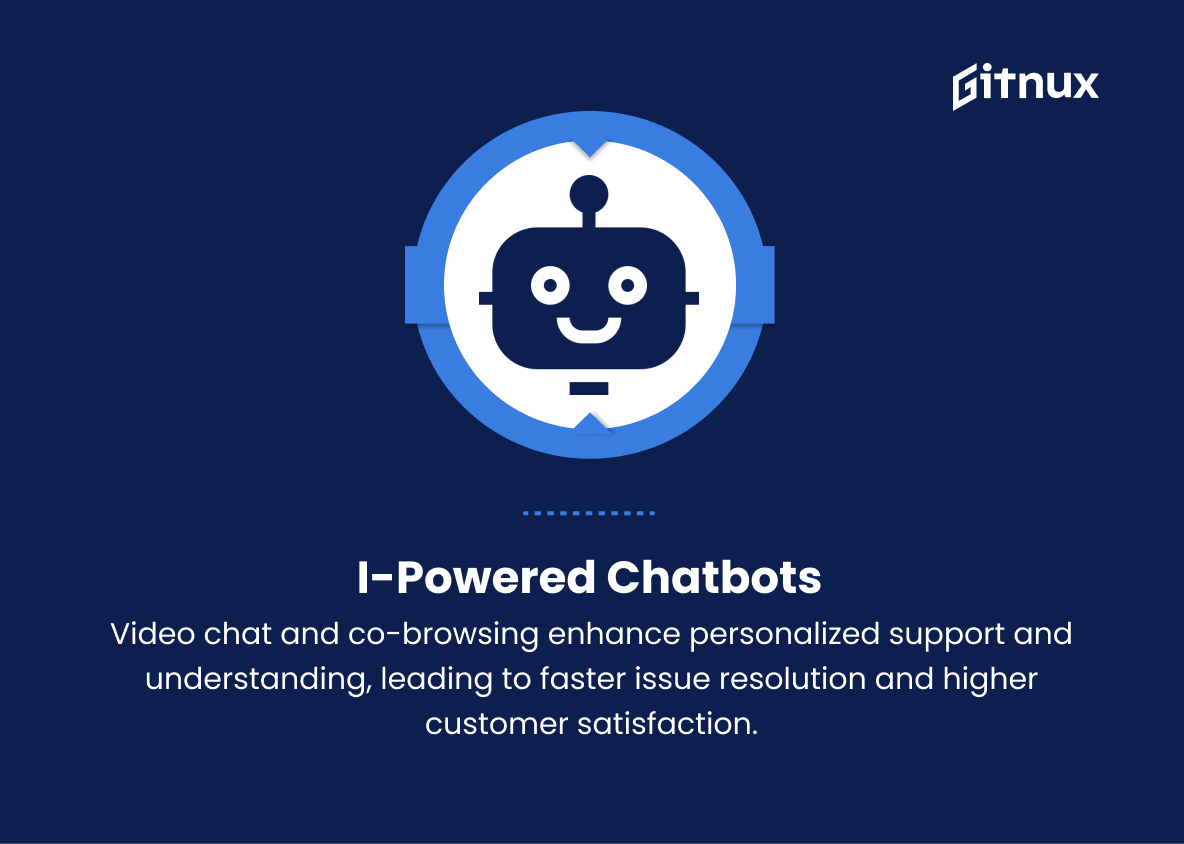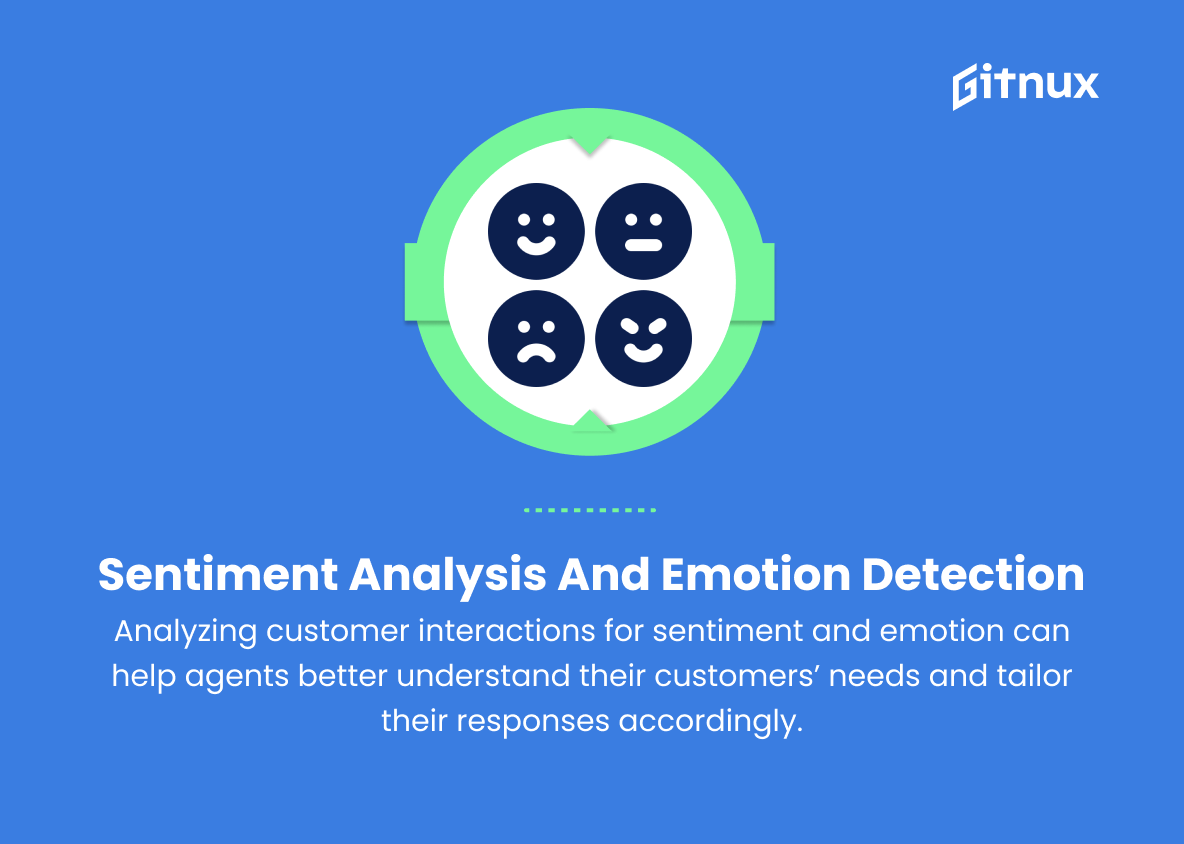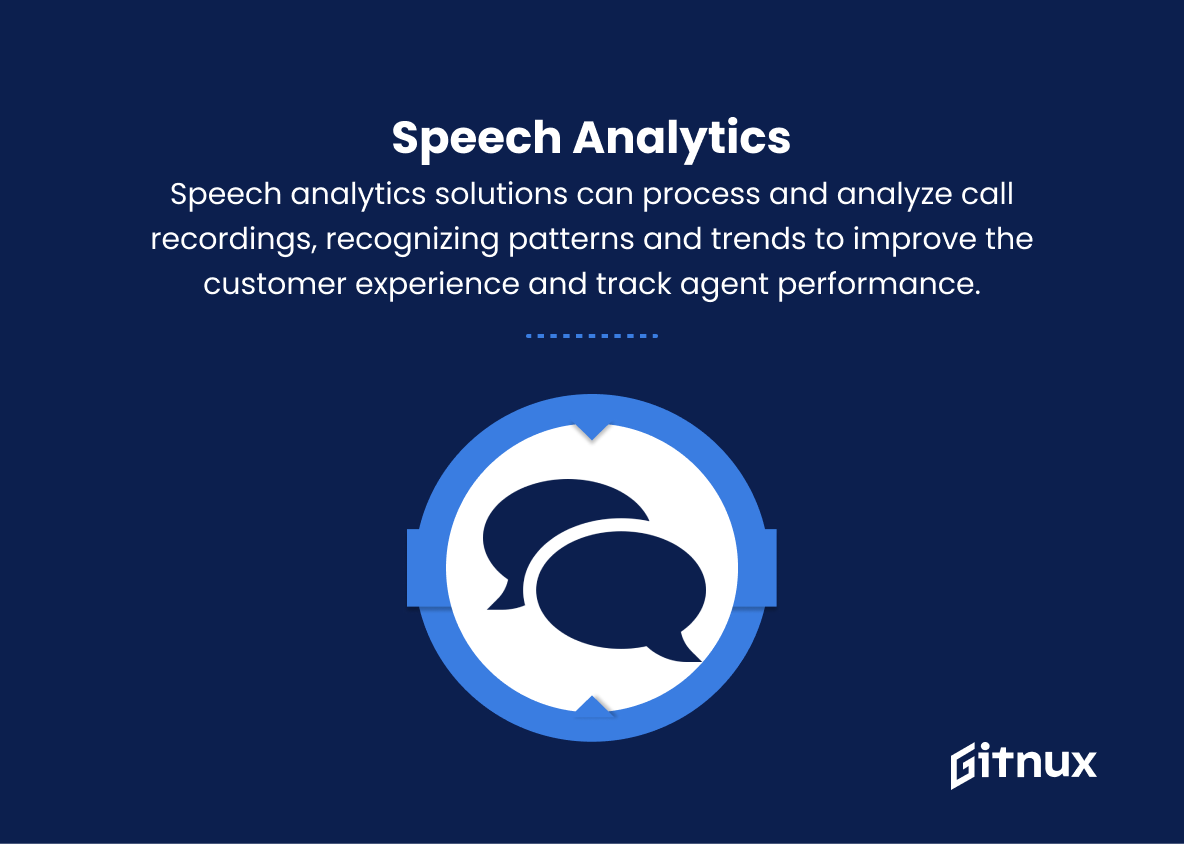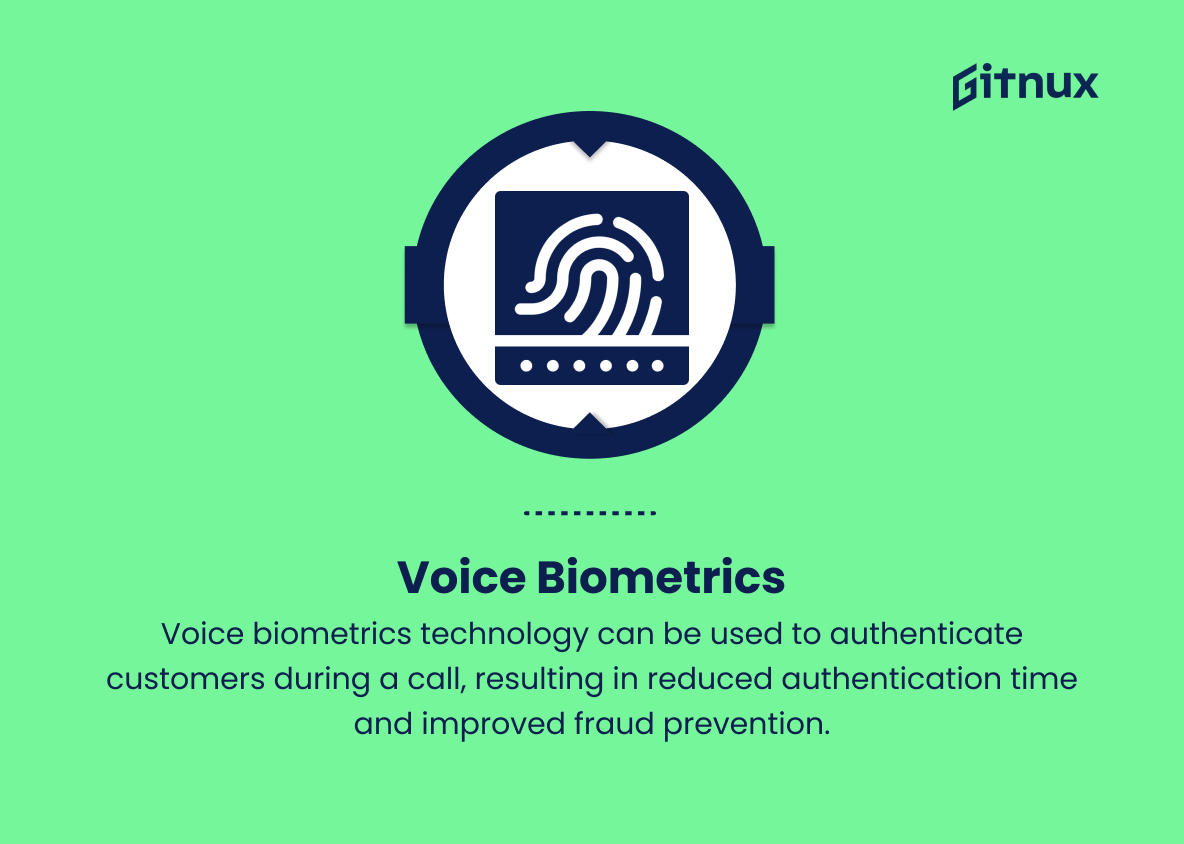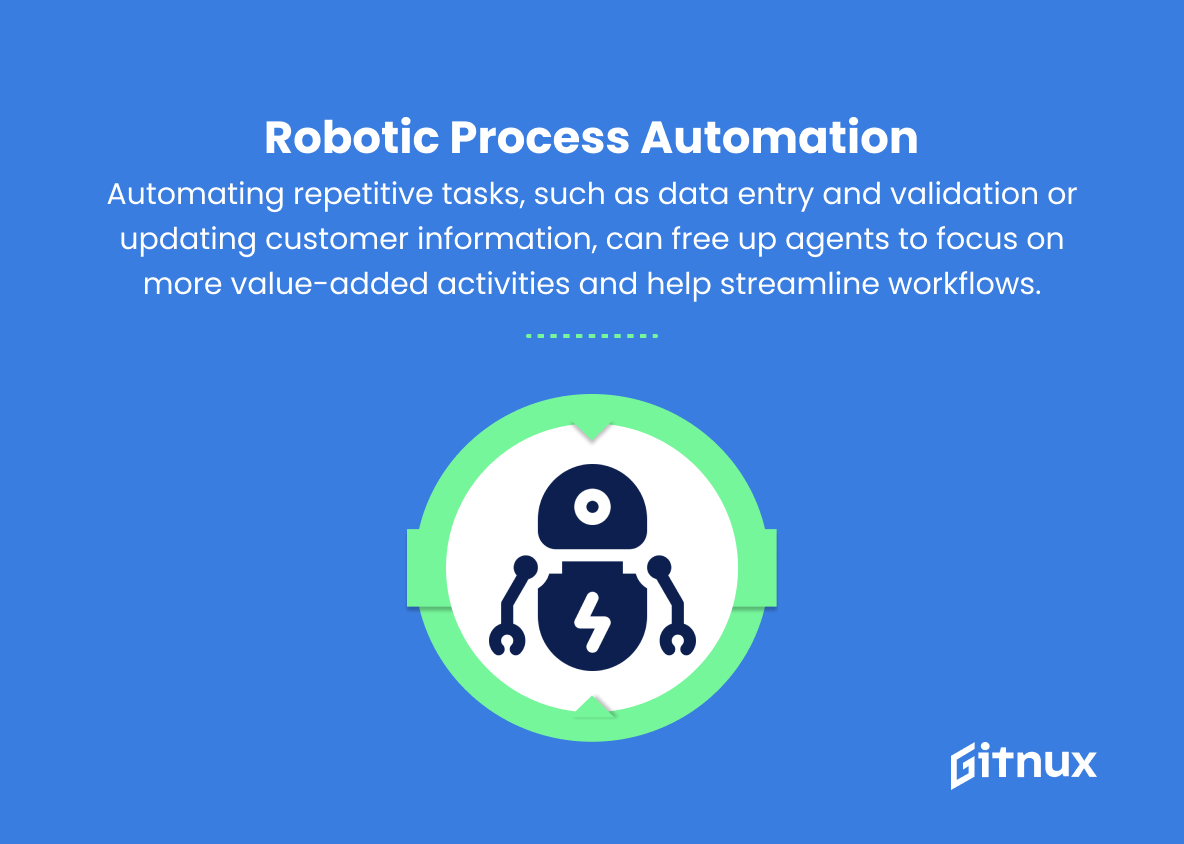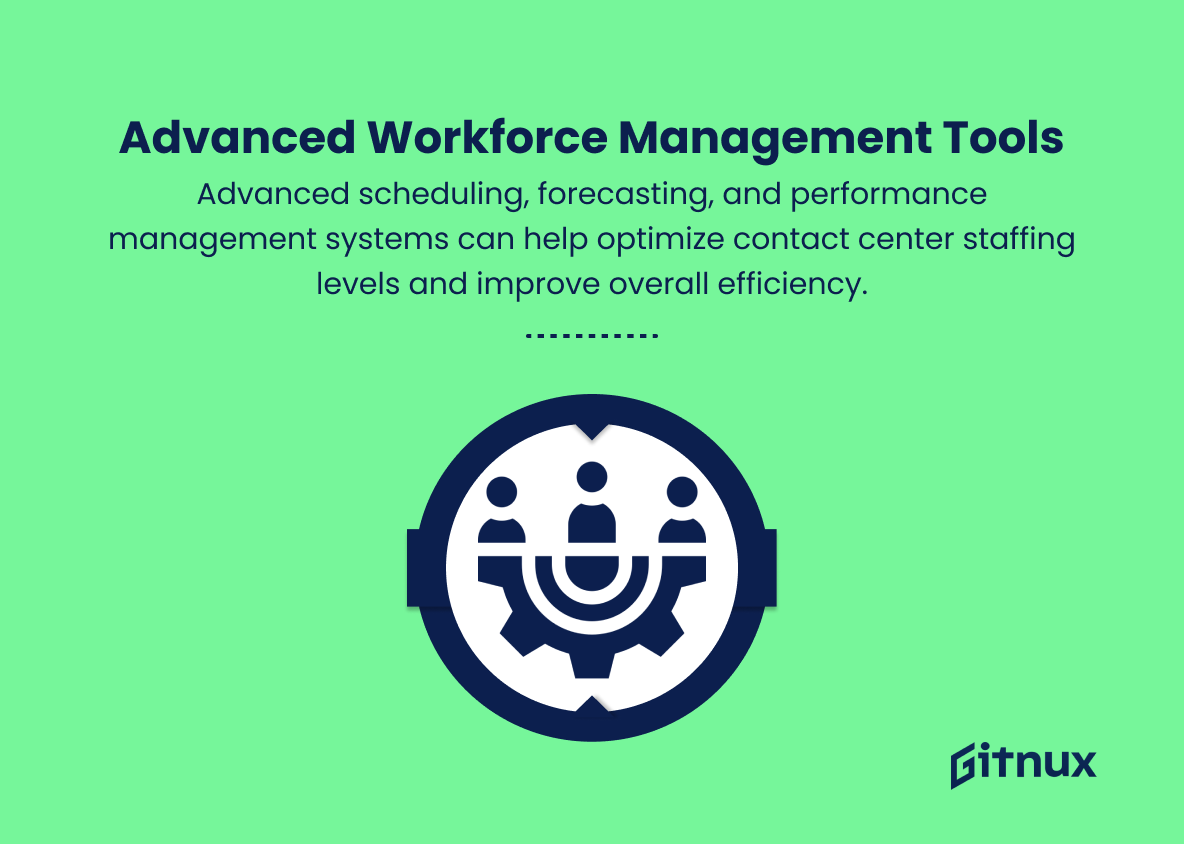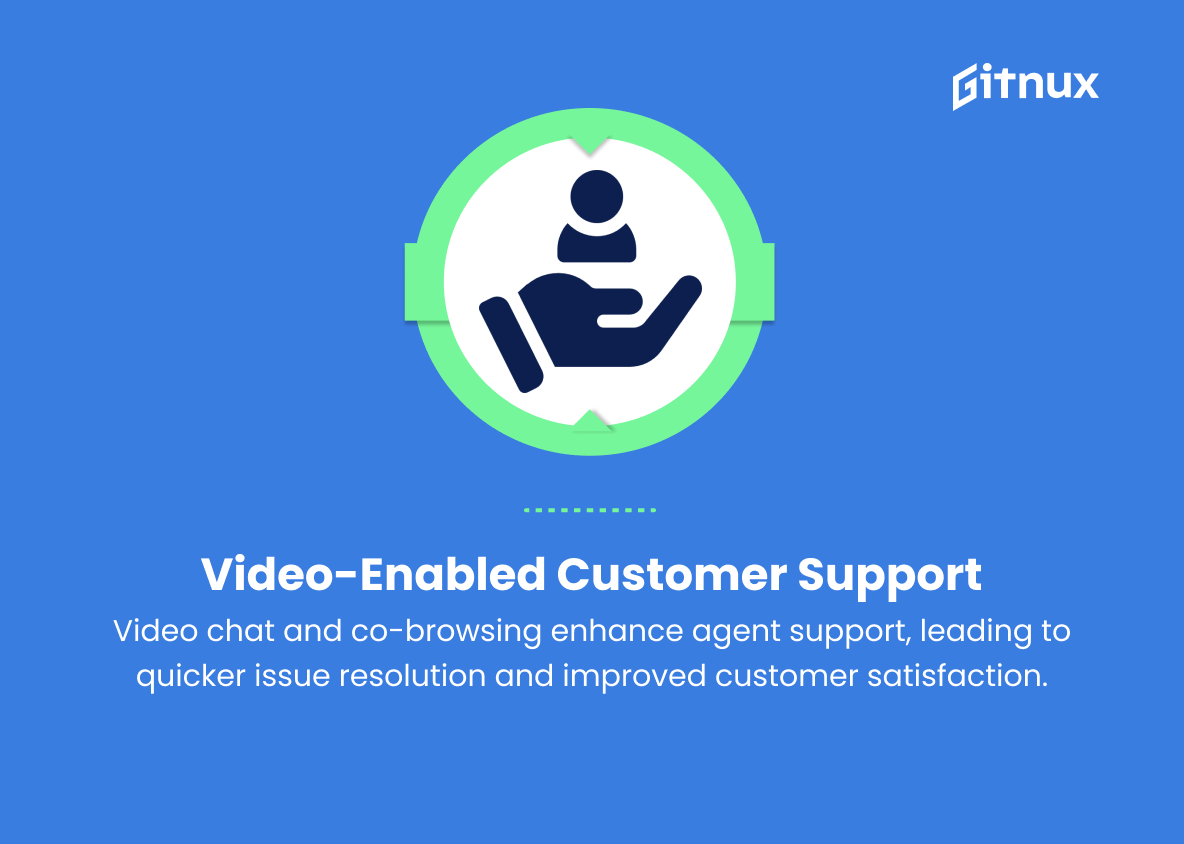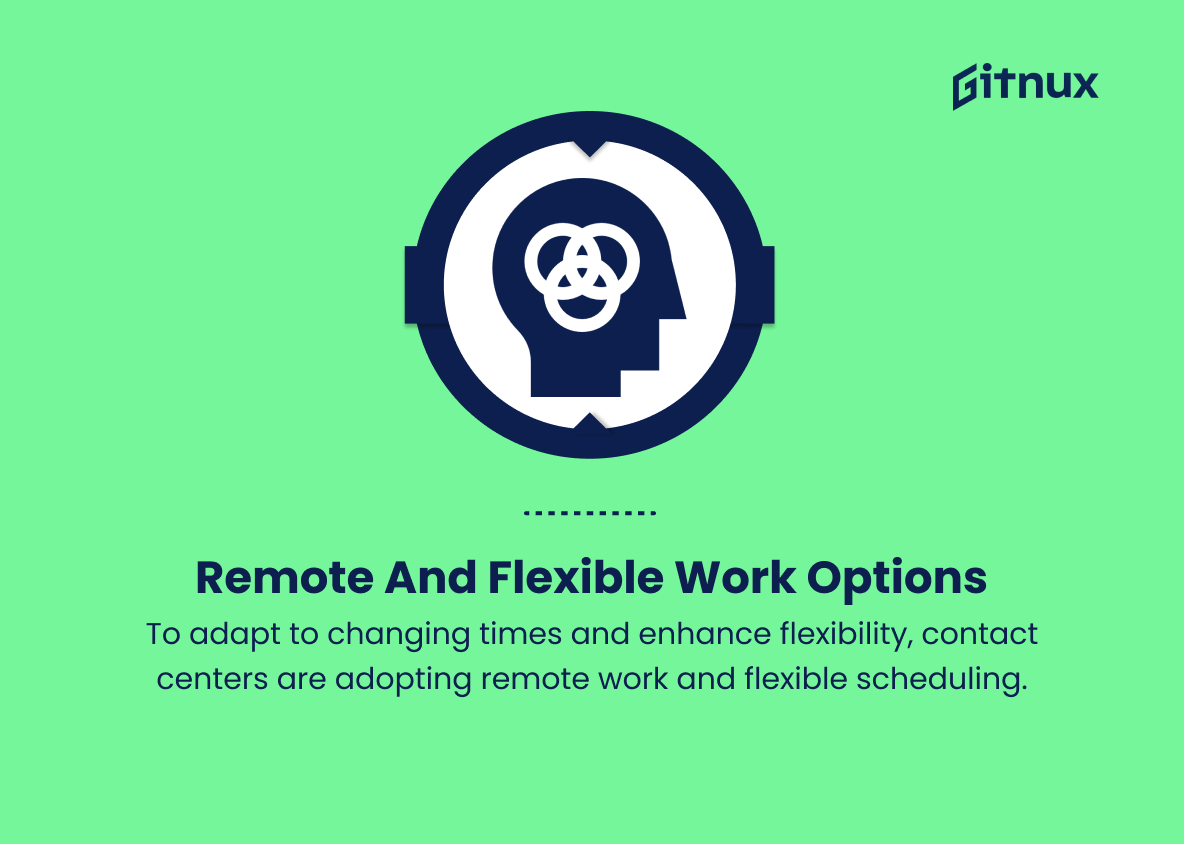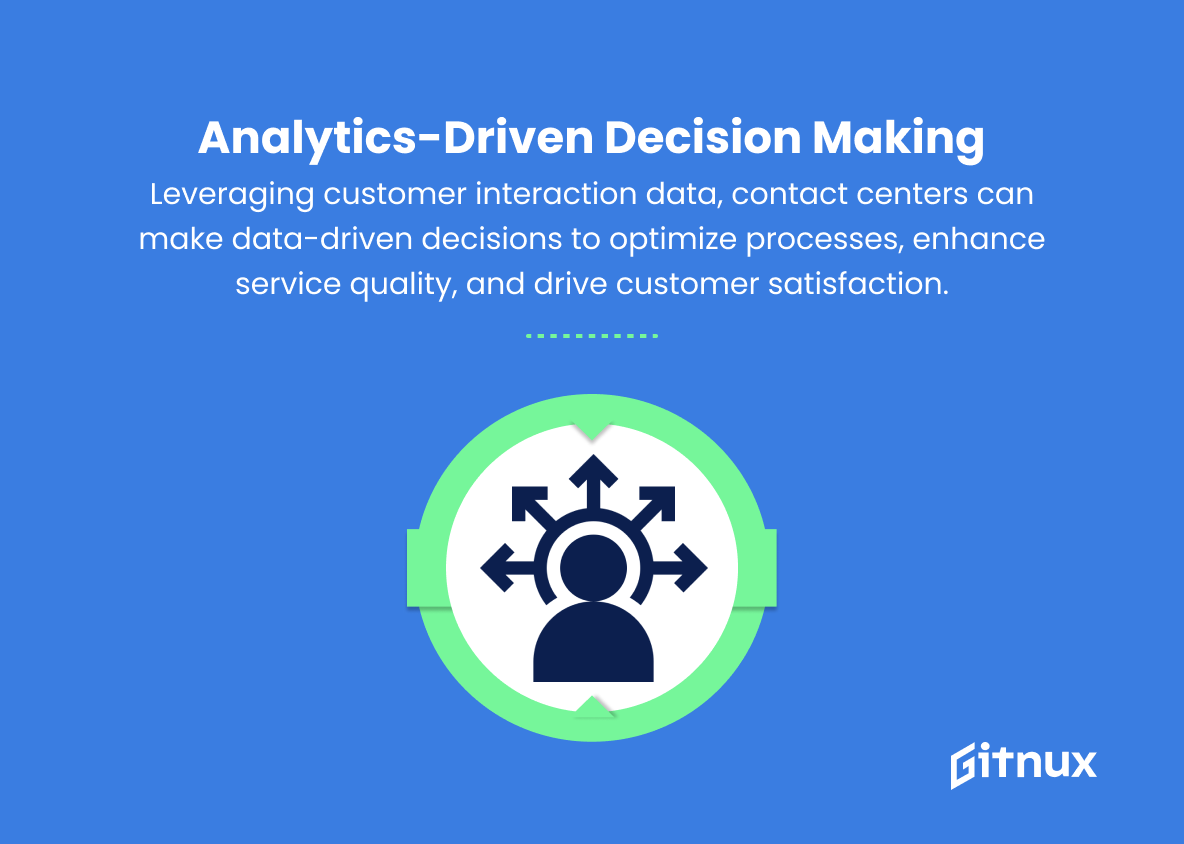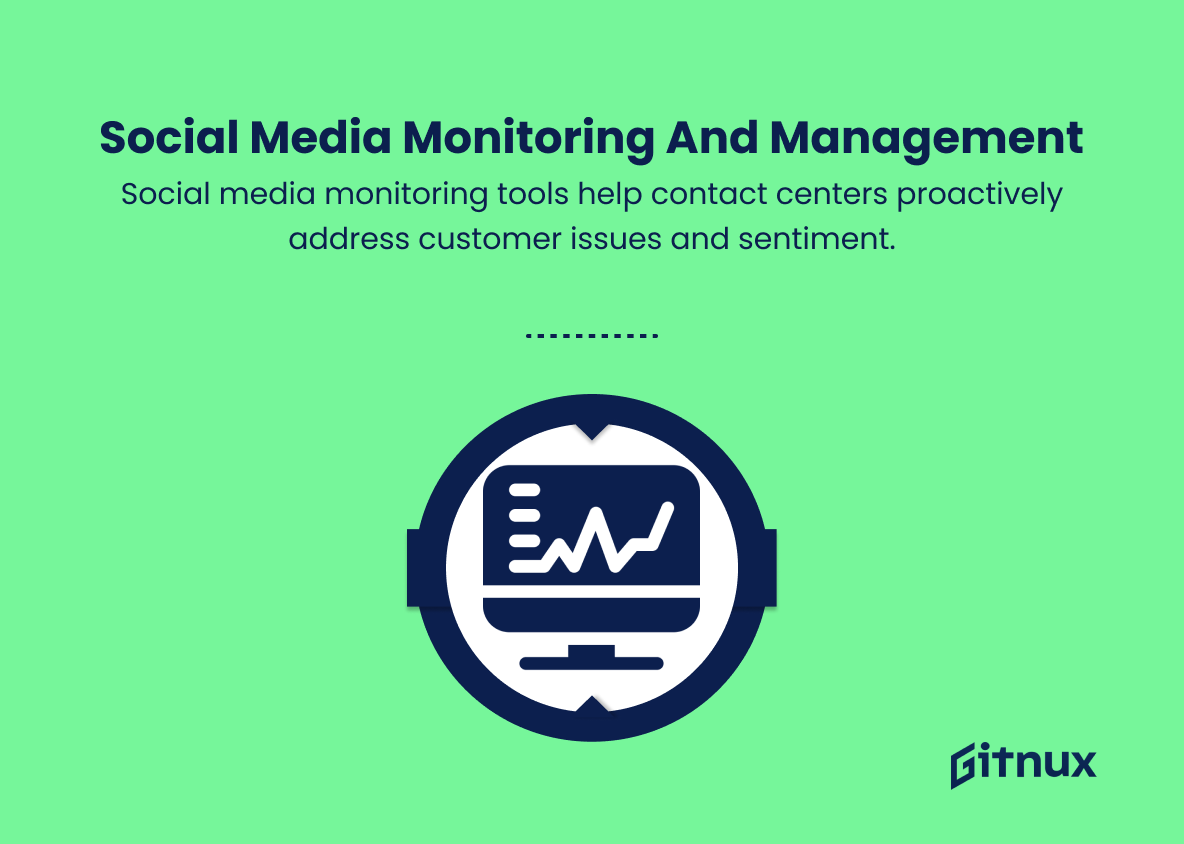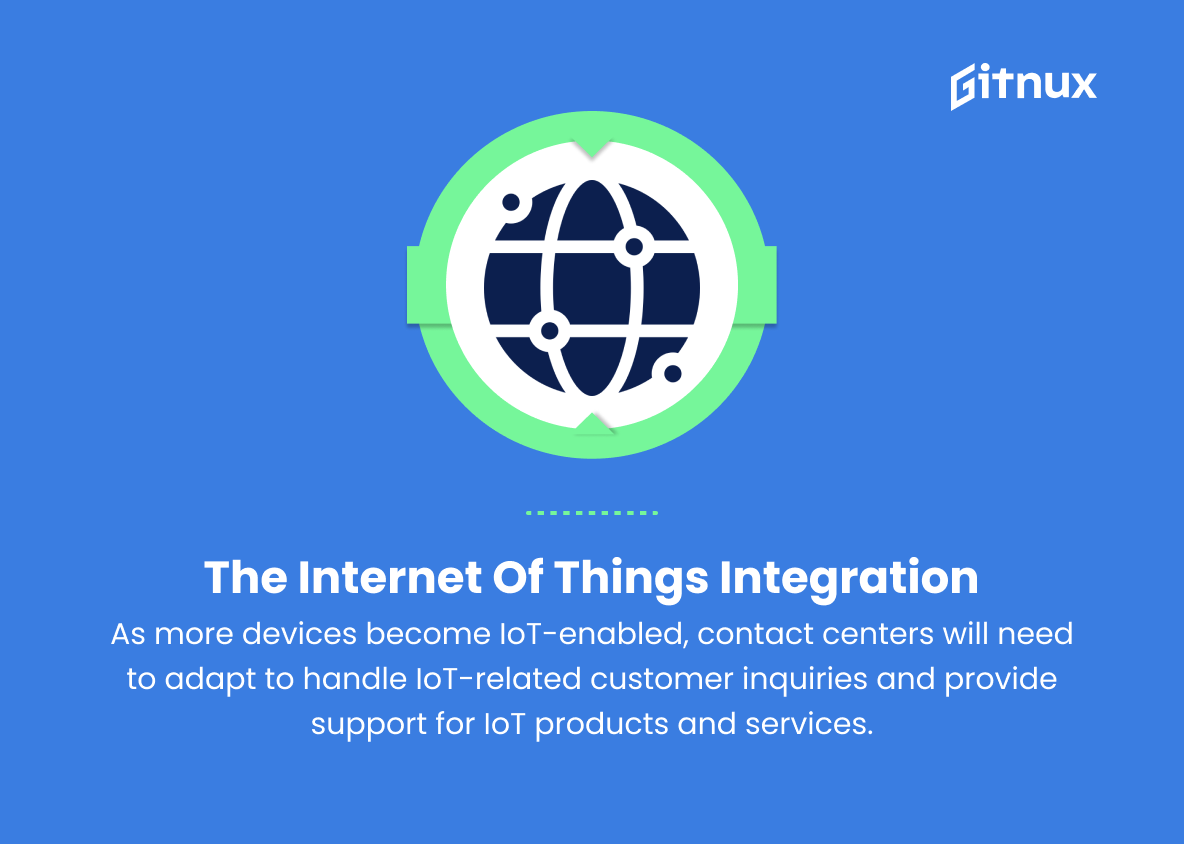As we continue to navigate the rapidly evolving technological landscape, businesses across industries are constantly on the lookout for innovative ways to optimize their operations, enhance customer satisfaction, and carve out a competitive edge in the market. It’s no surprise that contact centers have been at the forefront of this transformation, recognizing the need to adapt to the ever-changing customer expectations and demands in our digital age.
In this blog post, we will delve into the emerging trends in contact center automation that are revolutionizing the way companies interact with their customers, streamline workflows, and empower their agents to deliver exceptional service experiences. Stay tuned as we uncover the cutting-edge advancements that are shaping the future of customer communication and support.
Top Contact Center Automation Trends
1. AI-powered chatbots
Chatbots have become increasingly sophisticated, using artificial intelligence (AI) and natural language processing (NLP) to understand and respond to customer inquiries with increasing accuracy and personalization.
2. Omni-channel support
As customers use multiple channels such as phone, email, web chat, and social media to communicate, contact centers are adopting an omni-channel approach to provide seamless and consistent support across all touchpoints.
3. Sentiment analysis and emotion detection
Analyzing customer interactions for sentiment and emotion can help agents better understand their customers’ needs and tailor their responses accordingly.
4. Speech analytics
Speech analytics solutions can process and analyze call recordings, recognizing patterns and trends to improve the customer experience and track agent performance.
5. Voice biometrics
Voice biometrics technology can be used to authenticate customers during a call, resulting in reduced authentication time and improved fraud prevention.
6. Robotic process automation (RPA)
Automating repetitive tasks, such as data entry and validation or updating customer information, can free up agents to focus on more value-added activities and help streamline workflows.
7. Virtual assistants and digital employees
These AI-enabled tools can assist call center agents by providing real-time information, answering frequently asked questions, and offering practical solutions to customer issues.
8. Next-generation workforce management tools
Advanced scheduling, forecasting, and performance management systems can help optimize contact center staffing levels and improve overall efficiency.
9. Video-enabled customer support
Video chat and co-browsing capabilities can help agents provide personalized support and a deeper understanding of customer issues, resulting in faster issue resolution and higher customer satisfaction.
10. Cloud-based contact center solutions
Cloud-based technology has become increasingly popular for contact centers, offering greater scalability, flexibility, and cost savings compared to traditional on-premise solutions.
11. Remote and flexible work options
With advances in technology and the need for agility in uncertain times, contact centers are increasingly adopting remote work arrangements and flexible scheduling to accommodate the needs of both customers and employees.
12. Analytics-driven decision making
Leveraging customer interaction data, contact centers can make data-driven decisions to optimize processes, enhance service quality, and drive customer satisfaction.
13. Augmented reality or virtual reality support
New technologies, such as AR/VR, can help agents visualize customer issues or provide immersive training experiences, improving service quality and efficiency.
14. Social media monitoring and management
Contact centers are investing in tools that help monitor and manage customer interactions on social media platforms, allowing them to proactively address customer issues and gauge sentiment.
15. The Internet of Things (IoT) integration
As more devices become IoT-enabled, contact centers will need to adapt to handle IoT-related customer inquiries and provide support for IoT products and services.
16. Outsourcing and managed services
Companies are leveraging outsourcing and managed service providers to gain access to specialized skills, advanced technologies, and reduced operational costs.
Implications
Contact center automation trends are poised to revolutionize the customer support landscape by offering highly personalized and efficient solutions. AI-powered chatbots, virtual assistants, and digital employees are streamlining customer interactions, enabling instant response to queries and reducing the burden on human agents. Omni-channel support, along with video-enabled customer support, IoT integration, and social media management, ensure seamless and consistent support, enriching the customer experience across all touchpoints.
Cutting-edge tools such as sentiment analysis, emotion detection, and speech analytics enable agents to better understand customer needs, while voice biometrics strengthen security and RPA streamlines workflows. Advanced workforce management tools, cloud-based contact center solutions, and remote work arrangements maximize operational efficiency while offering greater flexibility and cost savings.
Equipped with analytics-driven decision-making, contact centers can optimize their services for greater customer satisfaction. Augmented reality and virtual reality technologies make training more immersive, leading to enhanced service quality. Outsourcing and managed services provide access to specialized skills and advanced technologies while reducing operational costs. In the foreseeable future, these trends will redefine the contact center industry, delivering a more personalized and efficient customer experience at scale.
Conclusion
In summary, the rapid advancements in contact center automation technology are significantly transforming the way businesses interact with their customers. As we witness the rise of AI-driven chatbots, voice analytics tools, self-service customer support systems, and data-driven personalization, contact centers must adapt their strategies to remain competitive in today’s digital landscape.
These emerging trends not only enhance operational efficiency and reduce costs, but also enable organizations to deliver more personalized and efficient customer experiences. It is crucial for contact centers to invest in scalable, intelligent solutions that empower their staff members and elevate customer satisfaction to new heights. Only by embracing these technologies and continuously adapting to the ever-changing customer demands can businesses ensure long-term success and thrive in the era of automation.
